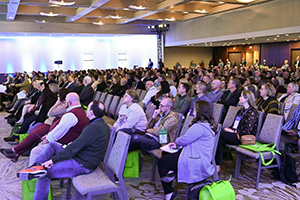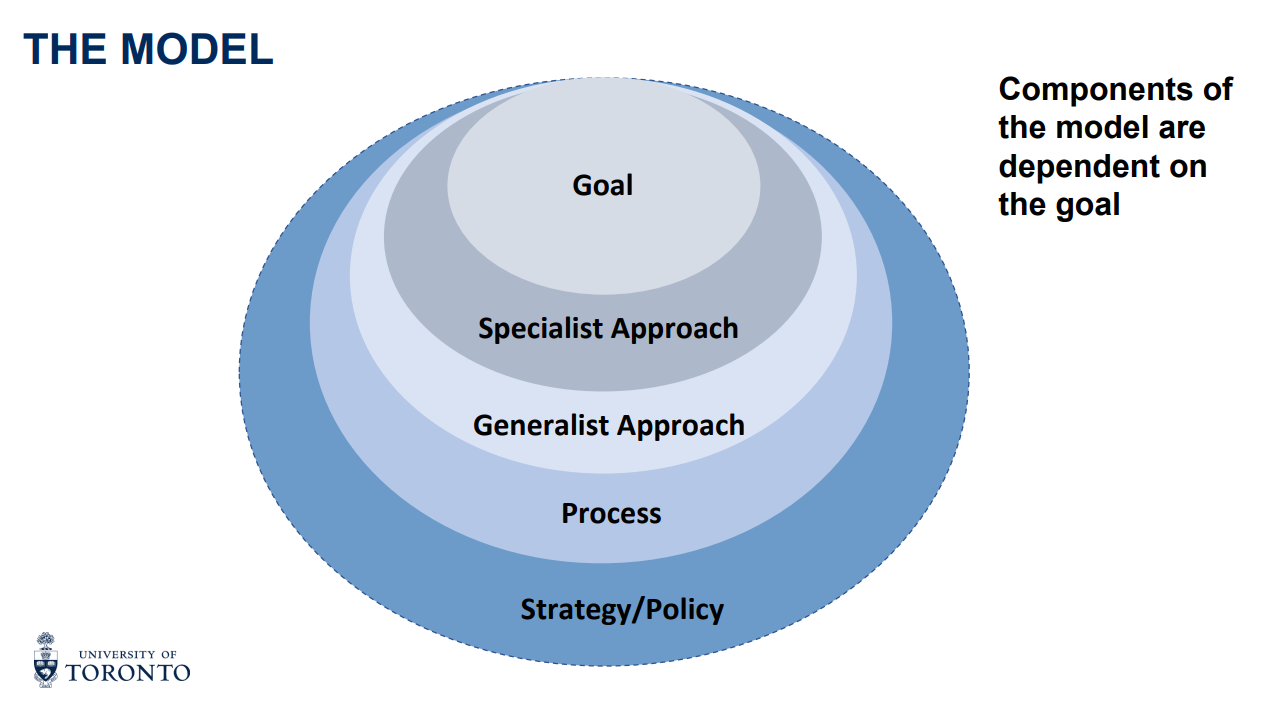
By Heather Zimar, AACRAO Associate Director, Publications & Journals
In a Monday afternoon session at the 32nd AACRAO SEM Conference, Angelique Saweczko, University Registrar at the University of Toronto shared an “enrollment relationship model,” for SEM, which she is developing in response to recent changes campuses are experiencing.
Relationships and their dynamics are becoming more important, she said, due to: changing budget models, faculty and academic units’ accountability for and interest in enrollment management, the pandemic, decentralized administrative models that require multi-level enrollment plans, centralized administrative models that have reduced funding, external key performance indicators, and legislation and government.
“It’s really important at times to just level set,” she said.
She added that relationships and partnerships are important because internal functions are not linear and relationships focus on working together, establishing common goals, sharing tactics, leading through collaboration and influence, and fostering trust and transparency.
“A key part of how you do your work is the key relationships that you connect with,” Saweczko said.

The enrollment relationship model, Saweczko said, is “tactical” and includes the following components:
Goal
Specialist approach
Generalist approach
Process
Strategy/policy
These components are:
Focused on institutional tactics
Goal-focused
Segments that blend into each other, are stages of the process, and shouldn’t be interpreted as lines in the sand
Several segments and concepts that are specific to the goals and, therefore, adaptable
Generalists/specialists that are interchangeable and depend on where expertise rests
Circles that show a process/cycle and keep components tied to the goal
Adaptable to the institutional structures and the goal
With this model, Saweczko said, “You are always re-evaluating and returning to where you started.”
She provided an example of how the model can be applied to the recruitment cycle at an institution:
Goal: Registered student
Specialist approach: Conversion (general or specialized)
Generalist approach: Admissions processes
Process: Recruitment (general and specialized)—on-campus events
Strategy/Policy: Admission policy (She noted that “policy is not something you usually see in recruitment but can have a huge impact on recruitment).
The benefits of this new model, according to Saweczko, are that: the goal is the focus and the intent is to operationalize, it provides a process to identify how units can collaborate, it identifies tactics and opportunities, it is a collaborative approach, it is an interactive process, and it is transparent.
“It’s a tool that you can use to help you take the next steps,” which she outlined as:
Identifying the various goals in your enrolment plans
Ensuring you can measure your goals
Focusing on collaborations avoids creating barriers and “domains”
Approaching opportunities from an “and/or lens” (i.e., evaluating whether something fits into your current structure or if it needs something different.
“Lastly, think strategically, It’s really important now coming out of the pandemic. We’ve been very reactive during the past two years. It’s really important to pause before we move forward.”